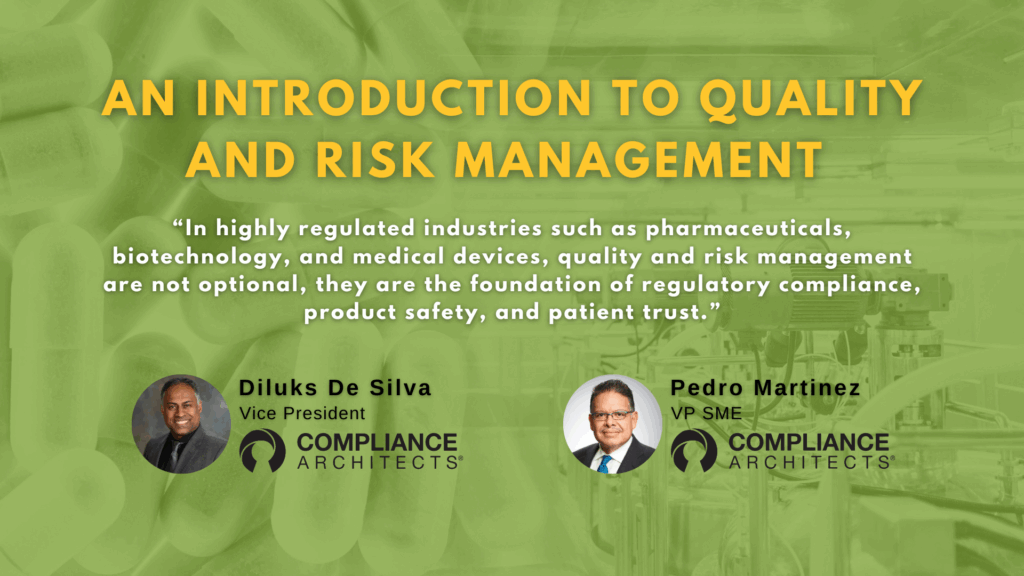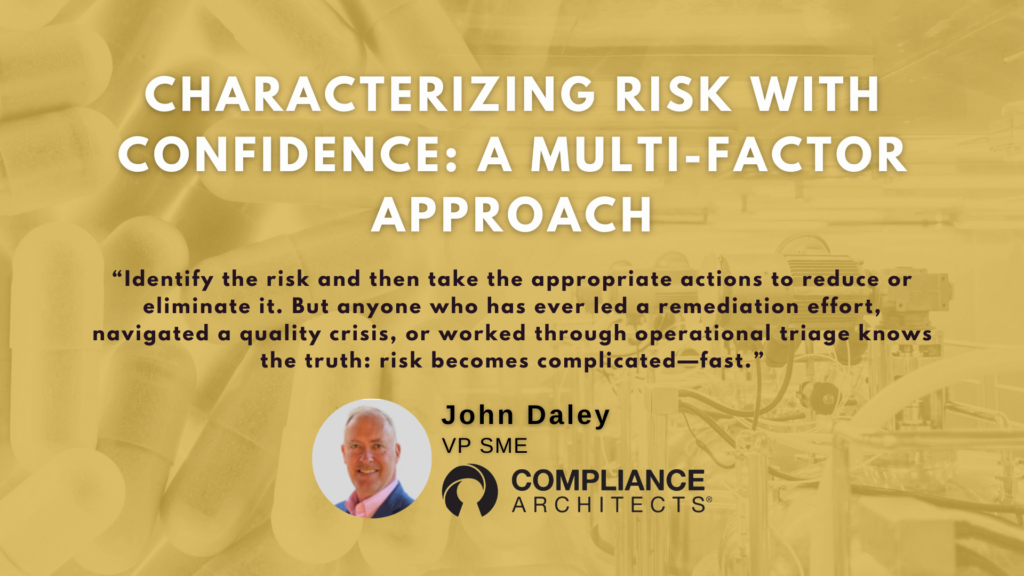Informed consent is one of the most vital elements of ethical clinical research. It serves not only as a regulatory requirement but also as a profound moral commitment to the autonomy, dignity, and well-being of every participant.
But its meaning has often been misunderstood, reduced to a formality—a signature on a document—rather than the process of mutual understanding it is meant to be.
Today, as clinical research becomes increasingly global, decentralized, and digitally enabled, the integrity of the informed consent process faces new challenges and new opportunities. Getting it right is no longer optional; it is essential.
Table of Contents
History Etched in Tragedy and Reform: How Ethical Failures Shaped Informed Consent
The principle of informed consent was not born from a long-standing tradition of medical ethics; it was forged in response to egregious violations of human dignity. The history of informed consent is as much a story of systemic failure as it is one of moral awakening.
The Roots of Ethical Neglect
Before the 20th century, medical decision-making was largely paternalistic. Physicians and researchers operated under the belief that their authority justified withholding information from patients “for their own good.” Deception and nondisclosure were seen as tools of compassion rather than ethical breaches.
Even prominent 19th-century figures like Thomas Percival and Benjamin Rush encouraged truth-telling only when it would not distress the patient. The rights of individuals to make autonomous decisions about their own bodies were not yet recognized as sacrosanct.
Nuremberg and the Birth of Voluntary Consent
The modern conception of informed consent emerged starkly after World War II, when the Nuremberg Trials exposed horrifying Nazi medical experiments conducted without consent on concentration camp prisoners.
In response, the Nuremberg Code (1947) established the first explicit requirement for voluntary consent in research. It declared that “the voluntary consent of the human subject is absolutely essential,” setting a moral benchmark for the world.
Yet, this was not enough to prevent further abuses.
The Tuskegee Syphilis Study: A National Shame
Between 1932 and 1972, the U.S. Public Health Service conducted a study in Tuskegee, Alabama, to observe the natural progression of untreated syphilis in Black men, without their informed consent.
Participants were misled and told they were receiving treatment for “bad blood,” when in reality, they were being deliberately denied treatment, even after penicillin became the known cure in 1947. Families were also kept in the dark, and some participants unknowingly passed the disease on to their partners and children.
The study only ended after a whistleblower exposed it to the press, leading to national outrage. The fallout from Tuskegee profoundly changed the course of research ethics in the U.S.
The Belmont Report: A New Ethical Foundation
In 1974, Congress passed the National Research Act, which established the National Commission for the Protection of Human Subjects of Biomedical and Behavioral Research. This commission issued the Belmont Report (1979), which introduced three foundational principles still used today:
- Respect for Persons – Honoring individual autonomy and requiring informed, voluntary participation.
- Beneficence – Minimizing harm and maximizing potential benefits.
- Justice – Ensuring fair distribution of research burdens and benefits.
These principles underpin the Common Rule (45 CFR Part 46) and FDA regulations (21 CFR Parts 50, 56), codifying how informed consent must be obtained and documented.
The Ethical Core: Informed Consent as a Process
The Belmont Report made clear that informed consent must go beyond formality. It is a process of communication and comprehension that empowers individuals to make informed decisions about participation in research.
In the words of the FDA’s 2023 Guidance, informed consent involves:
- Providing sufficient information about the study’s purpose, risks, and alternatives;
- Facilitating comprehension through language and tools tailored to participants;
- Ensuring voluntariness by preventing coercion or undue influence;
- Documenting and revisiting consent throughout the trial lifecycle.
This guidance reminds us: informed consent begins well before a signature and continues well after. It includes recruitment materials, verbal discussions, and ongoing communication whenever new findings, protocol changes, or participant questions arise.
Legal and Regulatory Frameworks: A Layered System
Over the past four decades, informed consent has been codified into a complex framework of U.S. and international regulations. Key elements include:
U.S. Regulations
- FDA Regulations (21 CFR Part 50, 56, 312, 812) – apply to studies involving FDA-regulated products.
- DHHS Regulations (45 CFR Part 46 – “The Common Rule”) – apply to federally funded human subjects research.
Each regulation requires:
- Clear explanation of study purpose, risks, and benefits.
- Alternatives to participation.
- Right to withdraw at any time without penalty.
- Protection of privacy and confidentiality.
- Identification of whom to contact for questions or injury.
The 2018 revisions to the Common Rule further strengthened consent requirements, emphasizing transparency, plain language, and the use of concise key information sections.
International Guidelines
- ICH E6(R3) GCP defines global expectations for consent in clinical trials.
- The Declaration of Helsinki sets ethical principles for medical research worldwide.
- GDPR (EU) introduces additional requirements for data privacy and consent.
The Modern Landscape: New Risks, New Responsibilities
While the fundamentals of informed consent remain the same, the context in which consent occurs has changed dramatically. Today’s research landscape presents new complexities:
1. Decentralized and Digital Trials
eConsent platforms offer flexibility, but must ensure identity verification, comprehension checks, and secure data handling. Poorly designed interfaces or information overload can compromise participant understanding.
2. Cultural and Linguistic Diversity
Studies often enroll participants across languages and cultures. Failure to provide properly translated and culturally contextualized consent materials can result in invalid consent and regulatory exposure.
3. Vulnerable Populations
Enrolling children, prisoners, cognitively impaired individuals, or those with limited literacy requires additional safeguards. Investigators must determine when a legally authorized representative is appropriate and how to document such decisions.
4. Low Health Literacy and Misinformation
Even in high-income countries, many participants struggle with medical terminology. The rise of misinformation exacerbates mistrust. Consent processes must therefore be clear, empathetic, and built on trust.
Getting It Right: Recommendations for Sponsors, IRBs, and Investigators
A robust informed consent program must combine regulatory compliance with ethical integrity. Here’s what that looks like in practice:
For Sponsors
- Incorporate plain-language principles into consent templates.
- Provide multilingual consent materials, with validated translations.
- Implement sponsor oversight of site consent practices.
- Monitor consent comprehension through audits or feedback surveys.
For IRBs
- Evaluate whether consent forms meet the “reasonable person” standard.
- Ensure key information is provided upfront and is not buried in dense legal text.
- Require justification for any waiver or alteration of consent.
- Monitor consent deviations as part of continuing review.
For Investigators and Research Staff
- Train on how to conduct the consent conversation, not just what to say.
- Avoid rushing the process or delegating it inappropriately.
- Offer adequate time for questions and decision-making.
- Document ongoing consent, especially when new information arises.
Conclusion: Informed Consent as Ethical Bedrock
In a time of rapid innovation, informed consent remains our ethical anchor. As science moves faster and research becomes more complex, protecting the rights and dignity of participants must remain our priority.
Getting informed consent right is not about checking a box. It’s about honoring the humanity at the heart of every clinical study.
The Compliance Architects’ Perspective
At Compliance Architects, we view informed consent as a marker of organizational maturity and respect for the individual.
We help clients develop sustainable Human Research Protection Programs (HRPPs) that integrate:
- Policy and SOP development
- Consent form design and simplification
- Training on consent discussions and documentation
- Mock FDA BIMO inspections
- Independent IRB assessments
We partner with research institutions, sponsors, and CROs to turn ethical principles into operational reality—because informed consent is not just a document. It’s a dialogue. A promise. A foundation of trust.
Ready to Strengthen Your Informed Consent Practices?
Let’s work together. Contact us using the form below to learn more about how we support clinical quality and compliance across the research lifecycle.
Primary Source References
- U.S. Department of Health, Education, and Welfare. (1979). The Belmont Report: Ethical principles and guidelines for the protection of human subjects of research. https://www.hhs.gov/ohrp/regulations-and-policy/belmont-report/index.html
- U.S. Public Health Service. (1973). Final Report of the Tuskegee Syphilis Study Ad Hoc Advisory Panel.
- U.S. Food and Drug Administration. (2023). Informed Consent Guidance for IRBs, Clinical Investigators, and Sponsors. https://www.fda.gov/media/185126/download
- Nuremberg Code. (1947). In Trials of War Criminals before the Nuremberg Military Tribunals under Control Council Law No. 10.
- “Clinical Trials and Human Research”-ISBN 9780787965709
- “Institutional Review Board: Management and Function, third edition”-ISBN:9781284181159





